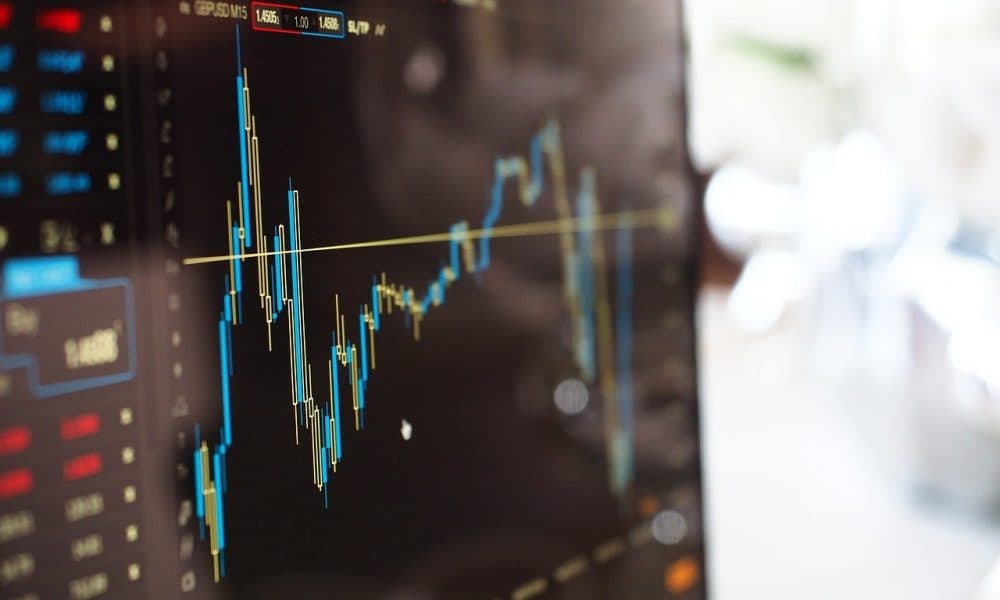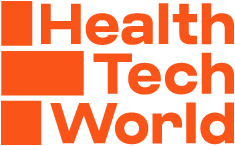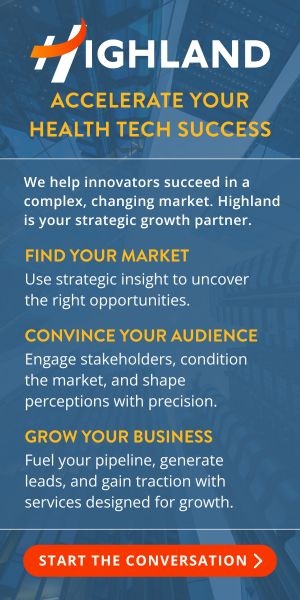
Ivan Dunskiy, CEO of software provider Demigos, discusses the rising popularity of data visualisation methods in healthcare.
Data visualisation in medical care is no longer a sci-fi utopia. Today, medical data visualisation is not a fancy benefit, it is a requirement.
These are not just awe-inspiring meaningless declarations; data visualisation popularity is backed up by research. According to the 2021 AI in Healthcare Survey Report, more than 50 per cent of medical providers identify data integration as a top priority in their digital transformation strategies.
Why Medical Data Visualisation?
Needless to say that one of the reasons for the rising popularity of data visualisation methods in healthcare is the sweeping global digitalisation tendencies. Although The Fourth Industrial Revolution has been transforming our lives and routines for quite some time, the infamous pandemic is definitely one of the major factors that accelerate tech integration.
The volume of databases is increasing, and methods of collecting data are becoming more available. Thus, the medical sector needs to integrate tools for processing limitless data to deliver better healthcare.
Data Visualisation Technologies
Now, when we framed the data visualisation definition and its use precisely in health care, let’s move on to the specific tools used today. Contemporary medical data visualisation instruments are aimed to create easily manageable and comprehensive images for everyone.
Immersive control panels
Interactive control panels are the most popular visualisation instrument in the medical care sector. There are various ways interactive dashboards can be implemented into the organization’s workflow. They can be integrated into existing software or adjusted to the hospital’s particular needs.
There are several options of interactive control panels:
- Operational for managing concurrent data
- Strategic for analyzing tendencies and patterns from longitude observation
- Analytical for the substantial in-depth surveys.
Applications and websites
There is a wide variety of immersive apps and websites that help analyze and manipulate data in a user-friendly way. For instance, this website gathers and analyses data worldwide to offer manageable and easy-to-grasp infographics about death rates and causes.
Of course, one of the most popular types of this data visualisation technique is COVID-19 spread maps. This BBC COVID map gives a comprehensive interactive outlook of recent cases.
Motion Graphics and Visual charts
Infographics is a clear and transparent yet influential instrument for visualising convoluted information. Moreover, infographics make complicated analyses comprehensive for the general public. A great illustration of the perfect health infographic is this Breast Cancer Awareness report.
What are the benefits of data visualisation in the medical sector?
Needless to say that data visualisation implementation is closely entangled with AI and MI technologies. Data visualisation is vital for making the most out of these innovative technologies. We analyzed and identified four benefits of medical data visualisation.
Better care
Data visualisation not only presents information in a comprehensive, appealing way. The main benefit of these technologies is the potential to categorize and select what is vital at this given moment. Visualisation of concurrent vitals combined with a comprehensive medical record analysis can help doctors and nurses react to the change in the patient status faster.
Pattern identification
The volume of medical data one can collect today is truly impressive. Patients’ medical history goes beyond their medical records. Smartwatches, IoT sensors, and other wearable devices offer an incredibly comprehensive, up-to-date overview of your body vitals. Data visualisation offers unique possibilities for analyzing and categorizing these big chunks of data.
Data accessibility
The medical sector is not only regulated by doctors or professionals with medical degrees. Often there is a need to present complicated analytics to stakeholders, business owners, and the general public. Data visualisation offers limitless solutions like infographics or motion graphics to deliver important medical insights to the general public.
Inaccuracies and Fraud management
Medical data can often be manipulated in fraud and forgery attempts. Both patients and healthcare vendors can be actors in these wrongful or criminal deceptions. How can data visualisation fight against fraud in the medical industry?
Data visualisation has instruments to provide transparent relationships between all parties involved. Integrated AI and MI technologies can guarantee errorless workflow and better detection of deviations, including fraud attempts.
Examples of Data Visualisation Tools
Overall, one can categorize data visualisation tools into two groups: customized software or ‘of the shelf’ apps. It goes without saying that customized software tools offer more flexibility and better experience, as they are tailored to your organization’s needs. Nevertheless, customized software is usually more expensive compared to ready-made applications. Here are some more cost-effective options for ready-made apps.
- Tableau is a global platform with scalable and versatile functionality, including machine learning technologies. Among their clients are such medical industry titans as Pfizer and Michigan Medicine.
- Domo is a service for data integration and embedded analytics. The platform provides help with creating adjustable dashboards as well as application development.
- Bold BI is a service that assists in developing of tailor-made dashboards for tracking vitals and performance.
Visualisation is not a preference but a necessity.
In this article, we elaborated on the benefits of data visualisation in healthcare and illustrated your arguments with real cases and examples. We hope we got our point across and got you thinking about the way to integrate data visualisation in your organisation.





